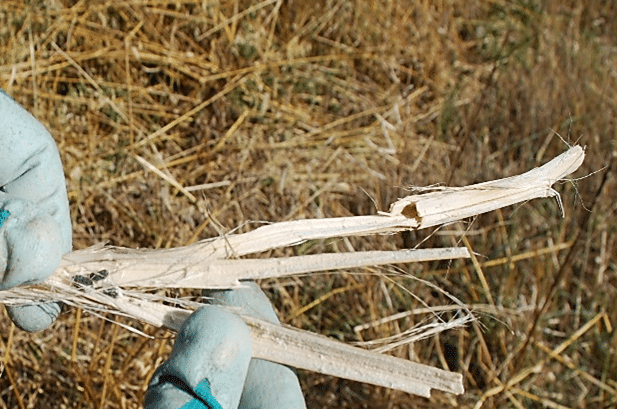Key Result
This research is still in progress, but aims to evaluate fungicide sensitivity of S. sclerotiorum samples from canola fields across the Prairies and compare these values to 2010 samples to determine any differences. It also plans to develop genetic markers linked to the specific fungicide resistance genes to make it easily to monitor changes in fungicide resistance going forward.
Project Summary
Background
Fungicides is one method growers use to control sclerotinia stem rot when there is a high risk of the disease. Even if/when improved sclerotinia stem rot resistance becomes available, fungicides will likely still be used on susceptible varieties and in other host crops (ex. bean and soybean). While the insensitivity of S. sclerotiorum (the fungus which causes sclerotinia disease) to fungicides has been detected in some canola-producing countries, little information is available regarding the situation in Canada. This research will investigate this information gap.
Overview
This research will determine whether the sclerotinia-causing pathogen (S. sclerotiorum ) has developed reduced sensitivity to some of the fungicides commonly used to control the disease. The research team hypothesizes that there may be regional differences in the results, such as greater potential fungicide insensitivity in areas where fungicide applications are more common and where there are susceptible (host) crops in the rotation. If this was the case, it would be possible to recommend rotation between fungicide groups with different modes of action or to avoid some fungicide groups altogether.
Objectives
There are four aspects to this project:
- Selecting the fungicides and the protocol(s) for measuring the insensitivity. By using three methods to test the products, the researchers will be able to collect comprehensive and accurate information on potential insensitivities of the S. sclerotiorum fungus to the selected fungicides.
- The methods developed in the previous objective will then be used to evaluate fungicide sensitivity in the large collection of S. sclerotiorum samples (isolates) that were previously collected from Prairie canola fields in 2010. These results will establish the baseline sensitivities to fungicides that have different modes of action.
- The fungicide sensitivity in the 2010 samples will then be compared to the new field-collected isolates that are collected during this research.
- Then the research team will develop genetic markers that are linked to the specific fungicide resistance genes as a tool for surveying the frequency of fungal isolates with fungicide resistance genes. Accomplishing this will make it easily to monitor changes in fungicide resistance in field populations of S. sclerotiorum going forward.
Potential impact
New information generated in this project will benefit canola industry stakeholders by improving the crop’s resilience and threat to productivity, while also protecting markets. Fungicide manufacturers will gain an accurate picture of how their products are performing and, most importantly, it will provide valuable information to growers to support better sclerotinia management decisions for improved sustainability.






